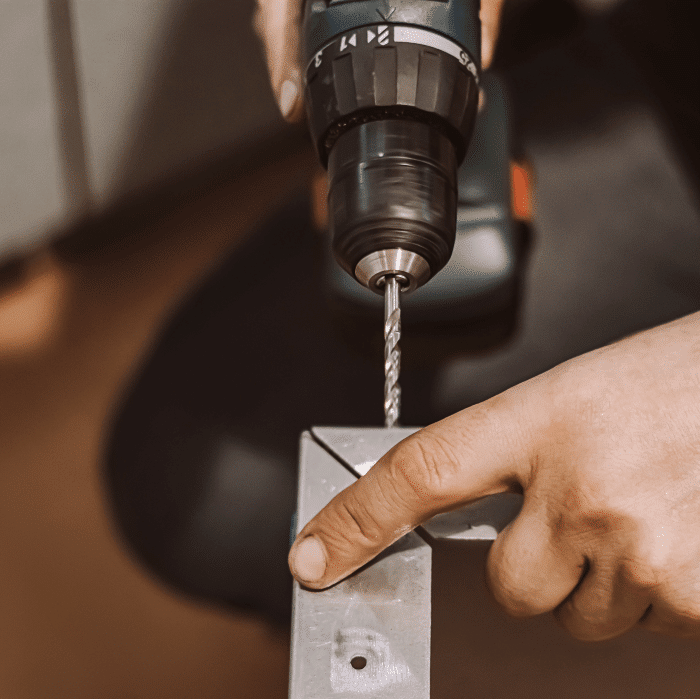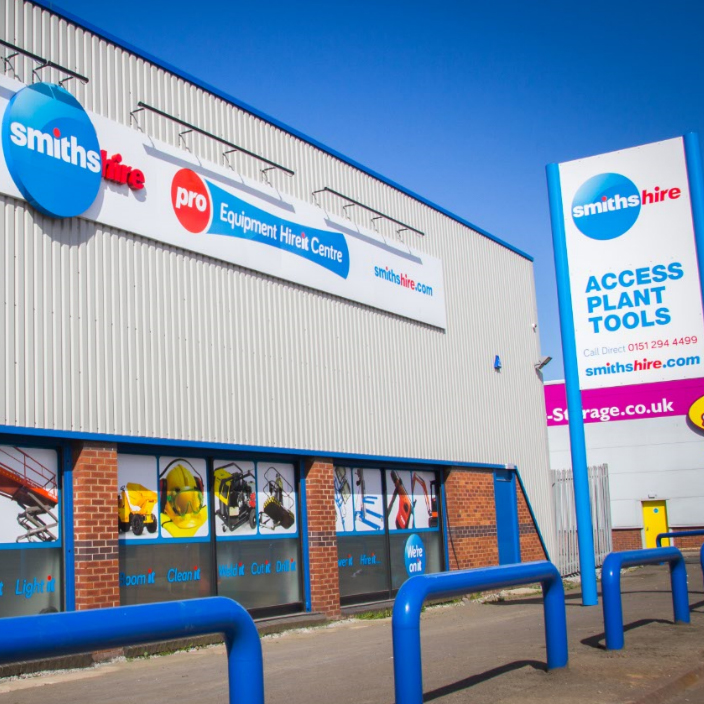However, the flipside to that is that a mistake can end up requiring quite a bit of time, effort and even money to fix – in some cases, more than you would have spent paying a professional to do it in the first place!
Thankfully, most DIY mistakes are quite easy to avoid, as long as you give yourself enough time, space, and materials to do the job. With more than 50 years of tool hire experience behind us here at Smiths Hire, we’ve seen our fair share of DIY mistakes over the last half-century, so you can trust us to know a thing or two about avoiding them! Here’s our roundup of the top 5 most common DIY mistakes – and how you can avoid them!
1. Not properly preparing or protecting the surrounding area
Lots of specific mistakes DIYers frequently make can often be traced back to one underlying cause – not taking the time to prepare their working environment properly. It’s a particularly common issue for those working to tight timescales, or rushing it in time for the end of the weekend.
Some of it, of course, is just a matter of research – jobs like painting require slightly different preparation steps than, say, assembling furniture or workbenches. So even if it might seem obvious, it’s a good idea to double-check in advance what the best steps are to prepare your working area, and implement them accordingly.
Paint can be particularly tricky to work with, so don’t take any chances – make sure to clear the area entirely of anything that you don’t want to be potentially flecked with paint. Then you’ll need to examine the surface you’re painting, and deal with any wall imperfections, as well as potentially sanding the surface, cleaning it, and in some cases priming it.
2. Choosing the wrong kind of paint
It can be annoyingly easy to get mixed up with the exact types of paint that the job requires, so make sure to pay special attention to this when you’re getting your materials. For example, you’ll want to make sure that you don’t get gloss paint if you actually need matte paint or primer. Even if you’re sure you’ve bought (or ordered) the right paint, it’s still a good idea to double check the labels when they arrive.
And of course, even once you’ve done all that, we’d always advise starting small with your brush, just in case. It’s easier to cover up mistakes that way – far easier than it would be than if you went all-in with one sweeping brushstroke up the centre wall.
3. Having the wrong tools or materials to hand
There are few things worse than getting halfway through a job only to find that you’ve got the wrong tool, the wrong materials, or not enough of one or more to get the task done. If you’re lucky enough to live opposite a store you can pop over to and get yourself properly equipped, then all power to you. For the rest of us, it’s undeniably a massive pain in the neck.
Of course, it can be tempting to save yourself a bit of tedium by simply attempting to MacGyver the task using only what you have on hand, but there are a couple of problems with this approach. In the best case scenario, it can still be highly inefficient, and a lot more labour-intensive. In the worst case scenario, it can be outright dangerous, especially if you’re using a power tool for a job it wasn’t quite designed for. That’s something to bear in mind if you’re considering hiring out a power tool, such as you would with chainsaw hire or nail gun hire!
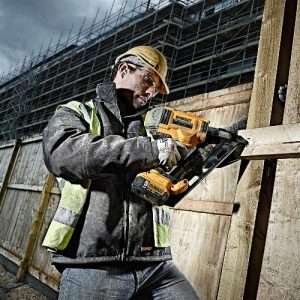
4. Getting your measurements wrong
This mistake is probably one of the simplest, but equally one of the most problematic. DIY can be quite unforgiving in that sense – often, you might find that you only have one chance to get the job right. Don’t forget that you can always cut more off if necessary, but you can’t add more on, so it’s always a good idea to double and triple-check your measurements. As the old saying goes – measure twice / thrice, and cut once!
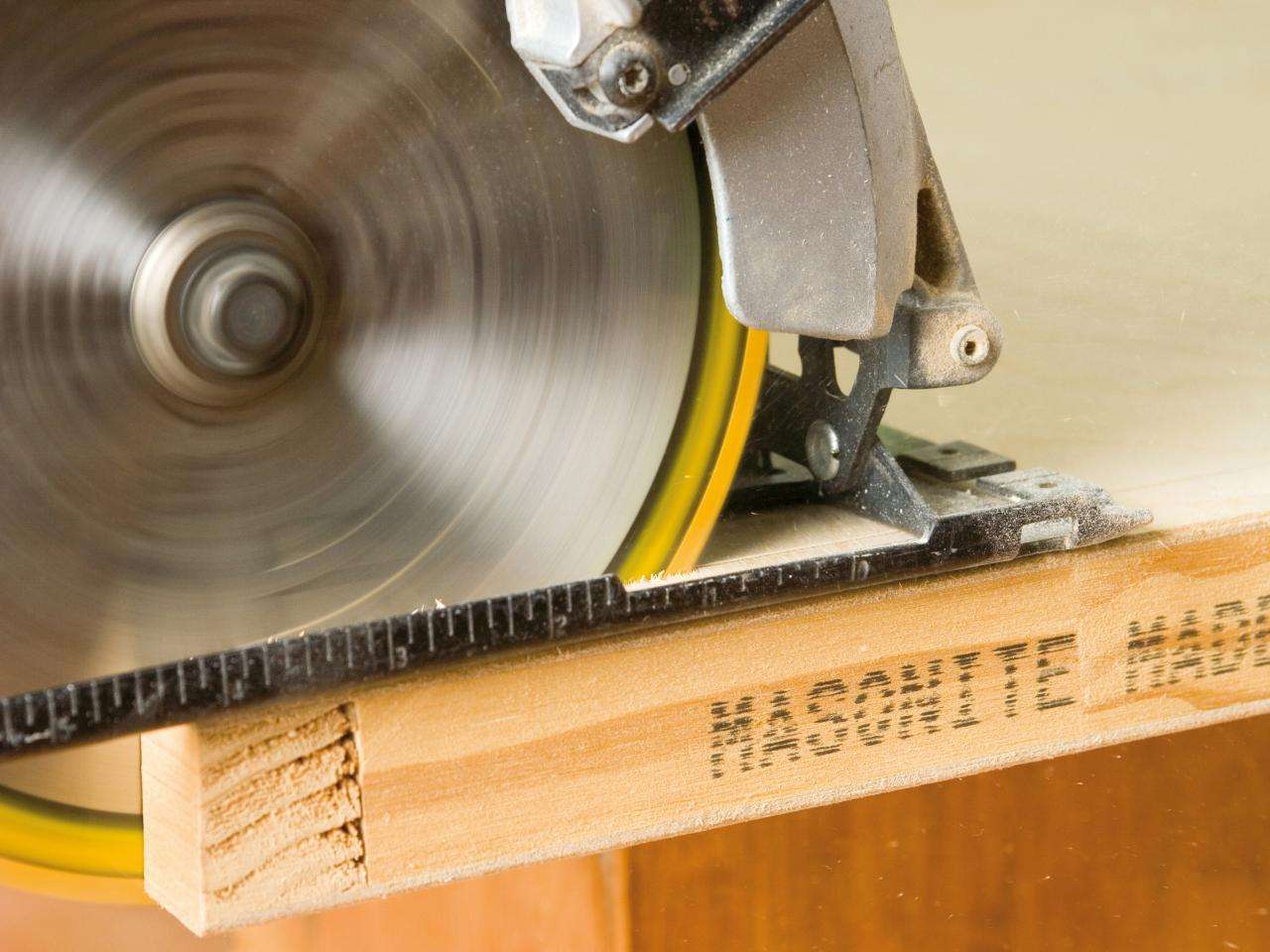
5. Neglecting proper safety steps with electronics
If you’re using a power tool on plasterboard, then quite simply, you’ll need to know where the electronics are. Best case scenario, if you drill into a wall and you hit a wire, you could put out power to your home (at the very least). Worst case scenario, you could receive a fatal electric shock. So, while we know that tracking down these wires can add an unwelcome extra hassle and time onto the job, it’s more than worth it. If you want complete peace of mind, to be honest it’s best to get a professional electrician to do it on your behalf.
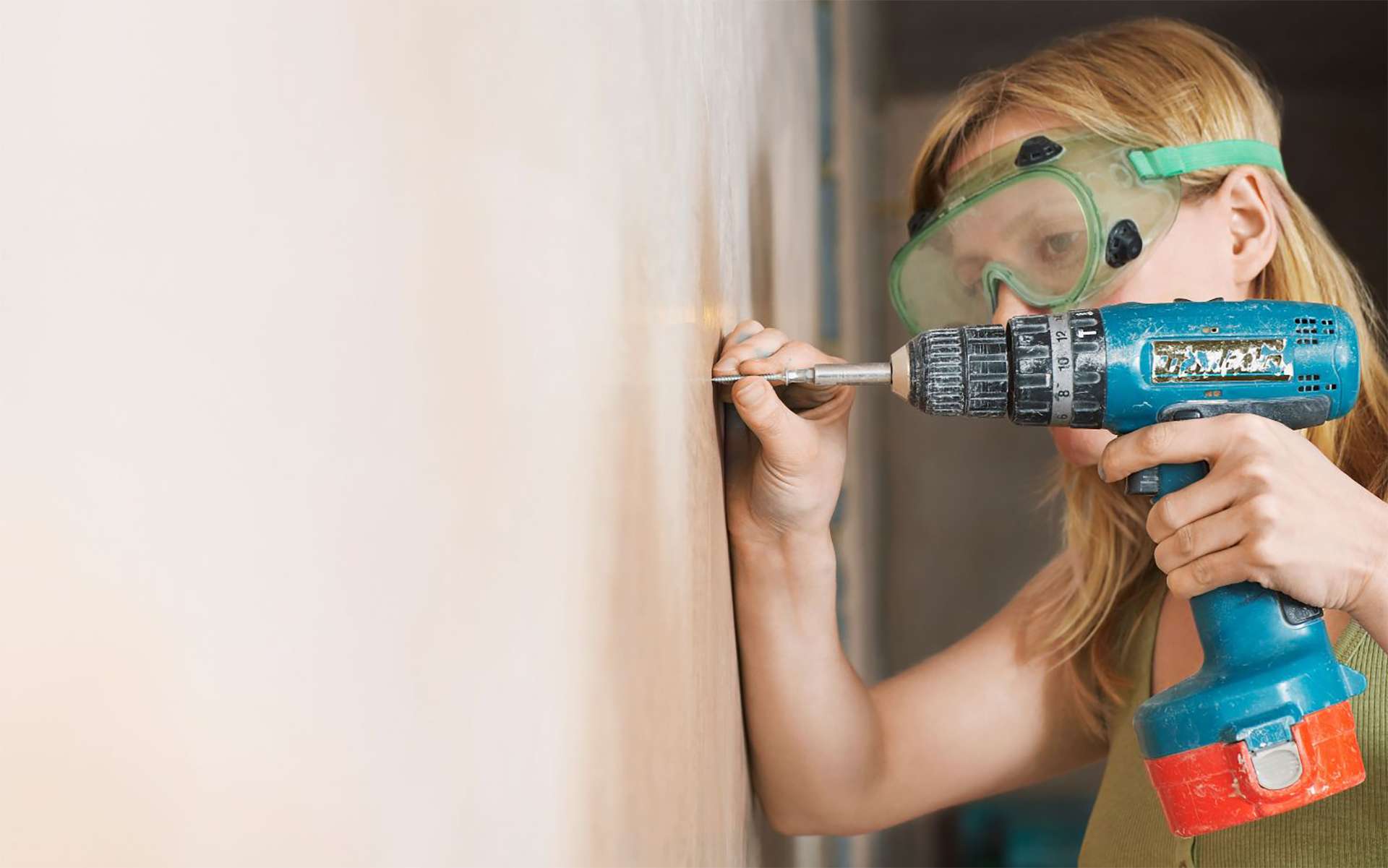
Similarly, take extra care not to leave your power tools plugged in when unattended, and beware of trailing wires. They all sound very mundane, but just a small mistake can be enough to cause a serious accident!
And of course, if you ever need any expert tool hire advice on what tools or materials you need for a particular task, that’s what our experts are here for at Smiths Hire. We operate from 16 tool hire depots across the North West, including several in major cities such as Manchester, Liverpool and Blackpool. We also supply powered access machines to businesses nationwide – so no matter where in the UK you’re based, you can count on us to be able to help!
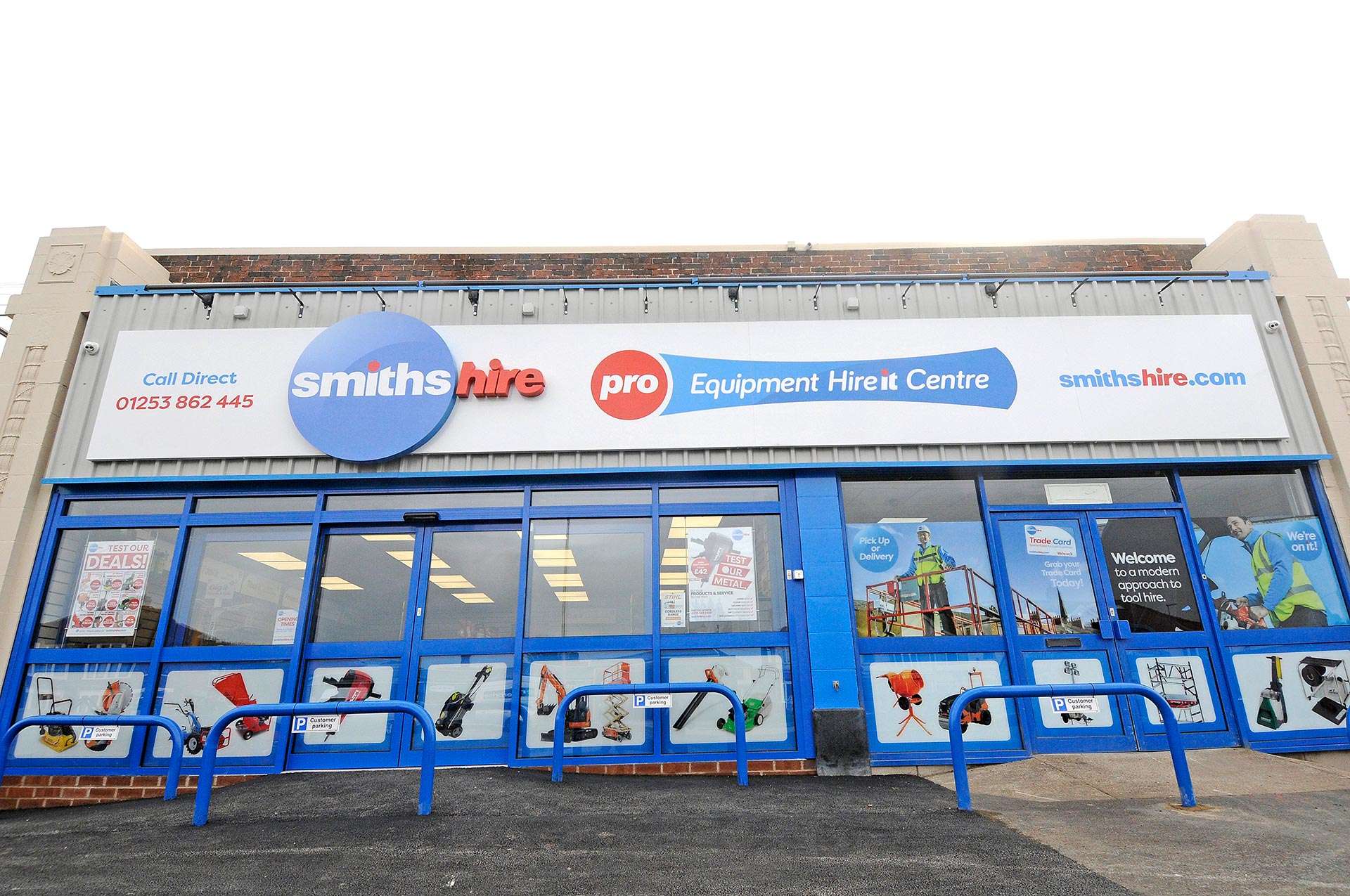
If you’ve got any further questions or you need a bit of expert advice, don’t hesitate to get in touch with us – feel free to call us on 0333 323 2100, and we’ll be happy to help however we can!

 SPEAK TO US
SPEAK TO US

 My Account
My Account


